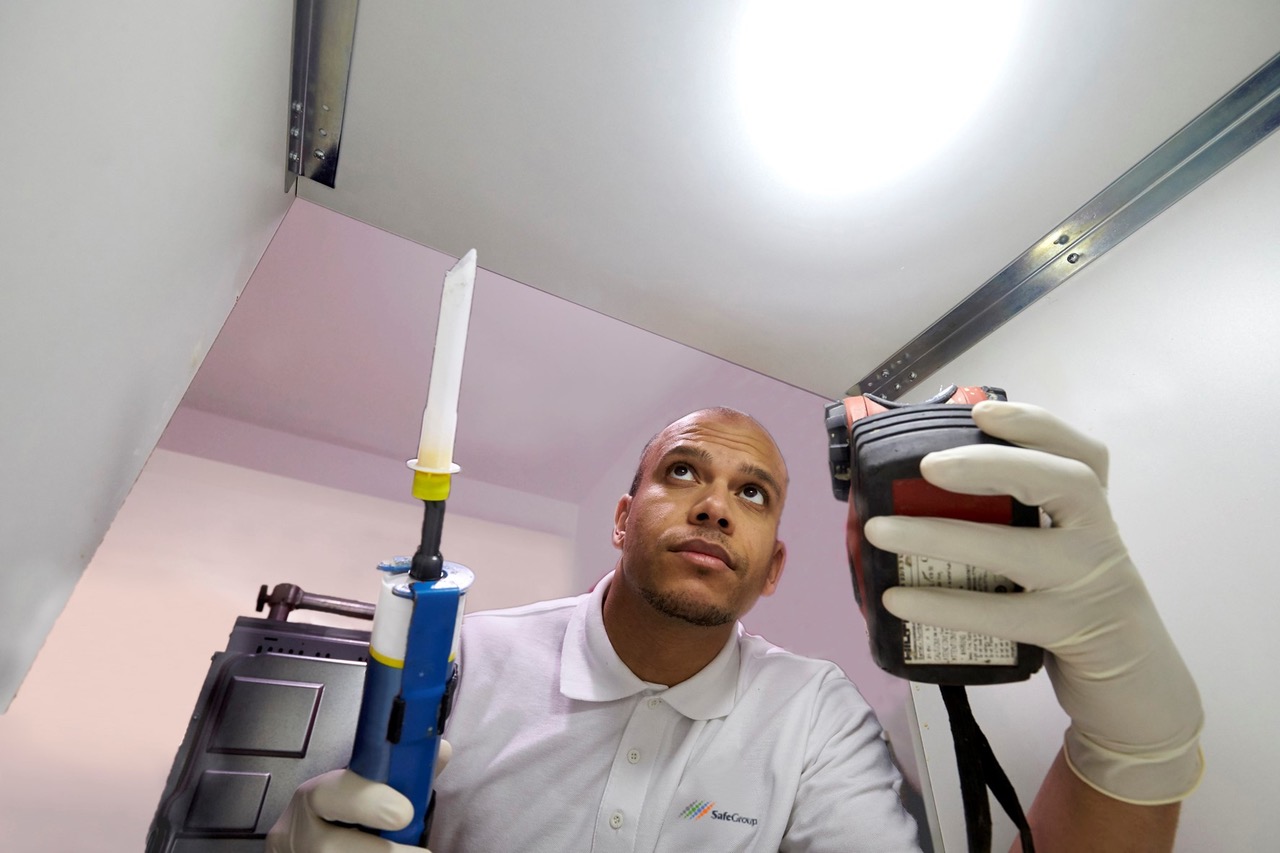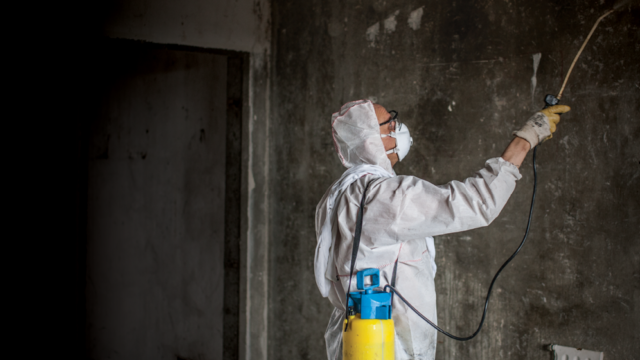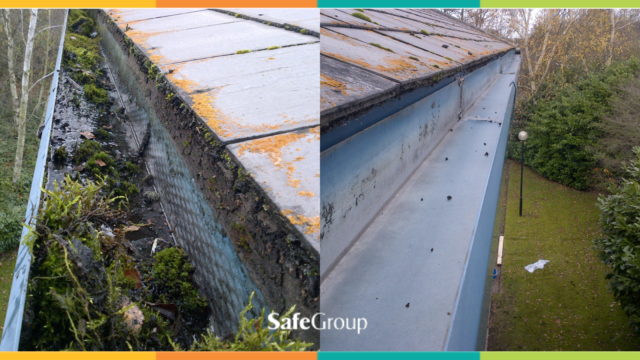
Returning to work after COVID – don’t slip up on safety
By: Mike Drake
6 min read
By
The Glue Traps (Offences) Bill makes it illegal for a member of public to use a glue trap, also known as a glue board, to trap mice or rats.
Penalties for setting them include unlimited fines and up to six months in prison. People who knowingly allow traps to be a risk to rodents can also be fined.
The bill had previously passed its three reading in the House of Lords unopposed and with no amendments.
The legislation, which comes into force in May 2024, contains a limited exemption for pest control operatives to apply to the Secretary of State for Environment, Food and Rural Affairs for a licence to use a glue trap.
Such a licence can only be granted where there is “no other satisfactory solution” and where the action is required for “the purpose of preserving public health or safety”.
What does this mean for pest control now and in the future? In all honesty, glue traps should have been outlawed years ago.
They are a cruel and inhumane means of catching a rodent. The CRRU (Campaign for Responsible Rodenticide Use), alongside responsible pest control contractors have lobbied against them for some time.
Mice and rats caught in them can suffer a long and agonising death, and serious injury as they try to escape.
The traps also pose a serious risk to other species, with numerous reports each year of animals – including protected and endangered species like hedgehogs, wild birds and bats, and even pet cats – being caught, and suffering often fatal injuries.
In my view, the use of glue boards, and other forms of traps for that matter, reflect a mindset in the pest industry that needs to be challenged, which this new legislation will help do.
Pest ‘control’ – the dominant terminology – describes a methodology to limit the number of pests or reduce the frequency of their activities. But is that what we should be seeking to do?
A mouse seeks to live alongside humans, in our homes and workplaces, for three things – food, shelter and warmth. Logically, then, we should address, as a matter of standard practice, those three things.
What I am advocating here is to shift our approach away from controlling a presence to stopping mice, in particular, in their tracks, through proofing.
Many pest companies tell their customers it is impossible to stop rodent ingress. Therefore, setting a target of supressing the mouse population, reducing the risk of them being seen but not eliminating it, is the best that can be achieved.
All the weapons in the armoury – glue boards, baiting, radar (ultrasonic) systems – are based on this premise.
But the assumption is simply not true. It is possible to eliminate mice from homes and workplaces, including busy restaurants. I know, because our rodent proofing teams do it every day of the week.

You just have to see the world as a mouse does. For mice, a restaurant is a food, shelter and warmth wonderland. So, how do you prevent the mouse from accessing these things? The answer is quite simple.
Step 1 – You maintain a clean and hygienic environment, storing food correctly. You maintain a clean bin store area and ensure that bins are collected regularly. A deep clean of the bins on a periodic basis will be a great help.
Step 2 – You block up all the possible entry points. It is called rodent proofing. So, even if Step 1, environment hygiene, is not 100% perfect, mice have lost their access to safe living space, so cannot survive.
Conventional proofing can become ineffective over time. Mice have sharp teeth to gnaw through tough material. They have evolved to be highly adaptive, and find a path through challenging environments.
If proofing is inadequate, it can be counter-productive. The temptation is to redouble baiting and setting of glue traps. For mice that are rodenticide resistant, putting down bait is tantamount to feeding them.
Other mice learn to avoid traps, bait or glue. The reproduction rate of mice means they will always out-breed this pest strategy. You are quickly back into a situation where you must put up with, at best, a low level mouse infestation.
Or do you?
At SafeGroup, we are proving that, where rodent proofing is done in a scientific and systematic way – but, most importantly, considering the environment from the mouse’s point of view – it can transform the success rate and, for the first time, put our clients on the winning side.
We always look at mouse proofing in two ways:
Acting against these non-visual senses, while using the most effective materials and techniques, applied with 100% diligence, is transforming the experiences of our clients.
From national restaurant chains to major housing associations, they are finding their properties are truly rodent-free for the first time in years, if not decades. After years of failure and mounting costs, this is startling.
As a national cleaning and hygiene specialist, we also deliver the regular deep cleans and expert support for standard cleaning regimes. So mice cannot establish even the most tenuous foothold.
By introducing a fresh approach to the issue, you never have to use glue boards. Bear in mind, also, pressure is on for rodenticides, given an alarming increase in rodent resistance – and the risks to wildlife.
In January, a rare white-tailed eagle, recently reintroduced to the wild, was found dead in Dorset. It had been poisoned with rodenticide. Police could not establish whether it was accidental or deliberate.
This coincided with the annual surveillance for the UK Rodenticide Stewardship Regime, operated by the CRRU, that found rodenticide residues in 88% barn owls.
These concerns will continue to exert pressure on the use of poisons. Use of glue traps will soon be severely curtailed. Not long from now, I predict, they will be gone for good.
There is every sign that use of rodenticides could head in the same direction. Though, perhaps, not as rapidly. We need a new approach to mice – in particular in high-risk commercial environments, like restaurants.
It is not as if glue traps or rodenticides, for that matter, are particularly effective. They are not. Mice and rat proofing, done properly, is a far better solution. We have proved it. You just have to be able to view, or more precisely smell and feel, the world from the mouse’s perspective first.

By: Mike Drake
6 min read
By: Michelle Ringland
3 min read
By: Michelle Ringland
4 min read"SafeGroup has worked with us to undergo pilot testing of Touchpoint Shield™ over a six-week period at the height of ...
Keith Musgrave, United Kingdom Atomic Energy Authority, Head of Buildings & Facilities Management
"We installed Touchpoint Shield™ by SafeGroup throughout our 200 acre estate in Abingdon, treating all our showers and toilet area ...
Adam Clark MCIOB AssocRICS, United Kingdom Atomic Energy Authority, Building Refurbishment Manager Buildings and Facilited Management Department
“Thank you once again for responding so quickly to our urgent deep clean requirement for the body stores.”
Imperial College Healthcare NHS Trust, Project Co-ordinator